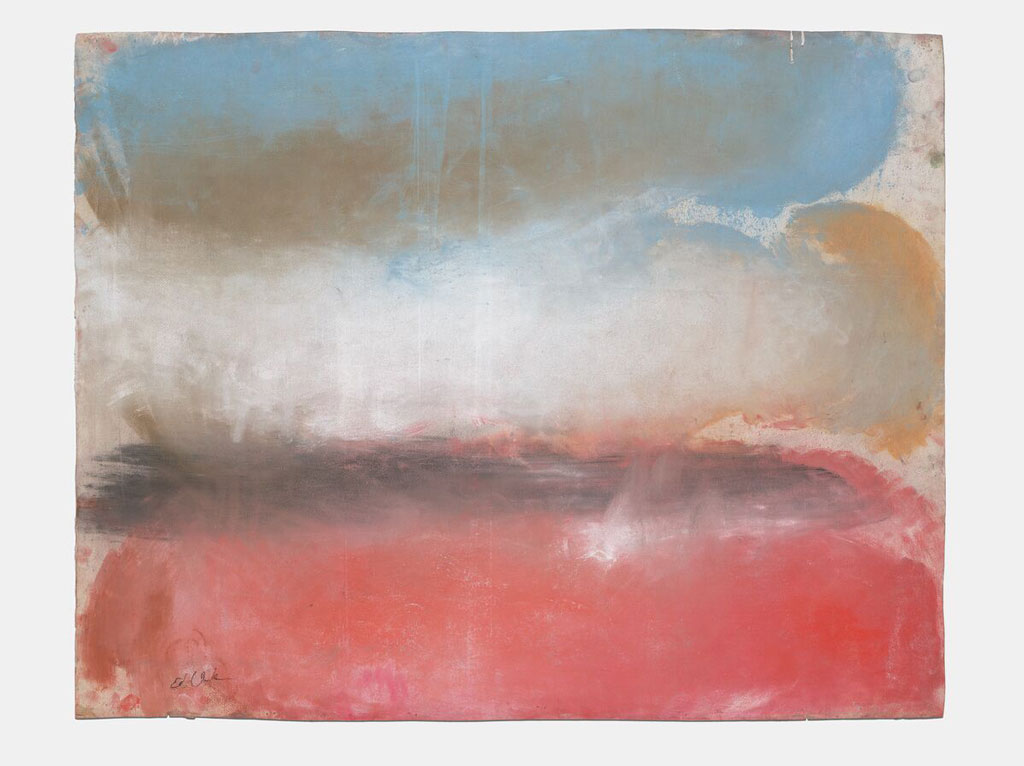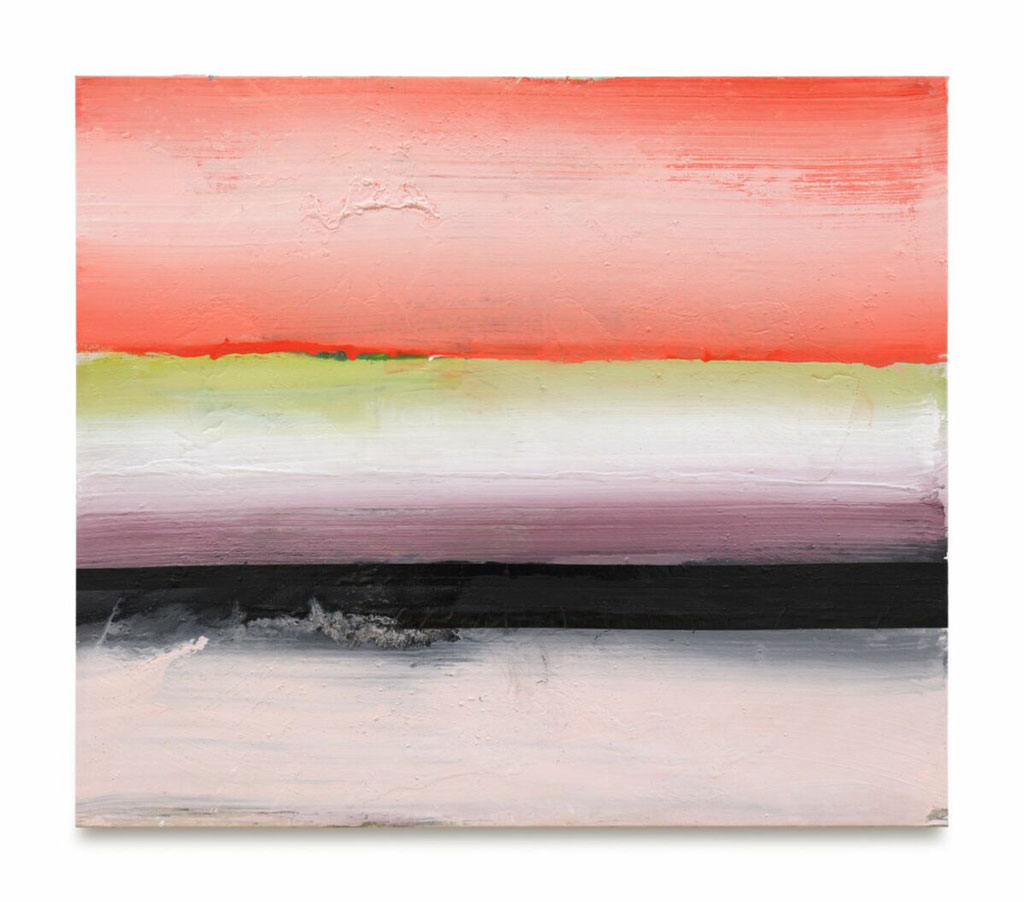ART-PRESENTATION:Ed Clark
 Ed Clark emerged in the 1950s as a pioneer of the New York School. Over the course of 7 decades, his experimentations with pure color, abstract form, and the seductive materiality of paint have yielded an oeuvre of remarkable originality, extending the language of American abstraction. Clark’s breakthroughs have an important place in the story of modern and contemporary art: In the late 1950s he was the first American artist credited with exhibiting a shaped canvas, an innovation that continues to reverberate today.
Ed Clark emerged in the 1950s as a pioneer of the New York School. Over the course of 7 decades, his experimentations with pure color, abstract form, and the seductive materiality of paint have yielded an oeuvre of remarkable originality, extending the language of American abstraction. Clark’s breakthroughs have an important place in the story of modern and contemporary art: In the late 1950s he was the first American artist credited with exhibiting a shaped canvas, an innovation that continues to reverberate today.
By Dimitris Lempesis
Photo: Hauser & Wirth Gallery Archive
Devoted to paintings made after the year 2000, the exhibition at Hauser & Wirth Gallery finds Ed Clark returning to and building upon central motifs of his practice: specifically his use of the push broom to create enigmatic compositions with broad strokes, painted on canvas laid flat on the floor. Clark has masterfully established a unique form of expressionism by literally sweeping his medium into atmospheric, emotive, and ultimately exuberant works. The works on view were created between 2000 and 2013, and are seminal examples of Clark’s broad brushstroke, now liberated from the horizontal composition of his earlier works. In the painting “Blue & Red” (2005), brushstrokes move freely across the negative space of raw canvas. The later works are characterized by a certain freedom in his act of painting. As Clark puts says “It struck me that if I paint a person – no matter how I do it – it is a lie. The truth is in the physical brushstroke and the subject of the painting is the paint itself”. After studying at the Art Institute of Chicago and L’Academie de la Grande Chaumiere in Paris, Clark continued to live and work in France, absorbing the influence of such European modernists as Nicolas de Staël, Pierre Soulages, and Jean Riopelle. He became a member of a social and intellectual circle of American expatriate artists and writers, including fellow African-American creative lights Beauford Delaney, Richard Wright, James Baldwin, and Barbara Chase-Riboud. His breakthroughs have an important place in the story of modern and contemporary art: in 1956, while working in Paris, Clark began exploring new ways of painting and made his first breakthrough discovery, what he calls “the big sweep” as he began using a push broom to achieve effects that neither a hand nor standard paintbrush could render. Clark settled in New York in 1957, where over the ensuing decade he became part of the city’s dynamic downtown scene and a co-founder of the Brata Gallery, an artist-run cooperative among the Tenth Street galleries of the East Village. In New York, he is credited with creating the first shaped abstract painting, an innovation that continues to reverberate today. In 1968, while visiting Joan Mitchell in Vertheuil, he began painting oval canvases to reflect the shape of the human eye. Through the evolution of successive bodies of work, Clark continued his use of the push broom as a giant paintbrush. This allowed him to make straight, long strokes, thus extending the momentum of his sweeping gesture across an entire surface. This newfound technique produced a sense of ‘drive’ within Clark’s paintings, as he seemingly moved the slabs of thick paint across the canvas at great velocity. Furthermore, by using an ordinary push broom, Clark elevates a humble process of labor into an instrument of high art. From the late 1960s until very recently, Clark split his time between New York and Paris, traveling extensively to other locales from Mexico and Brazil to North Africa and Greece. The artist now lives in Detroit.
Info: Hauser & Wirth, 548 West 22nd Street, New York, Duration: 10/9-26/10/19, Days & Hours: Tue-Sat 10:00-18:00, www.hauserwirth.com





